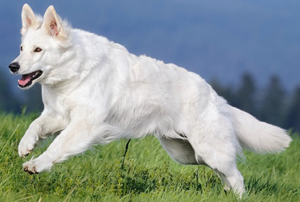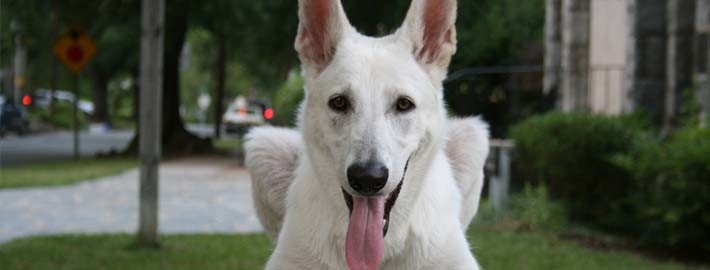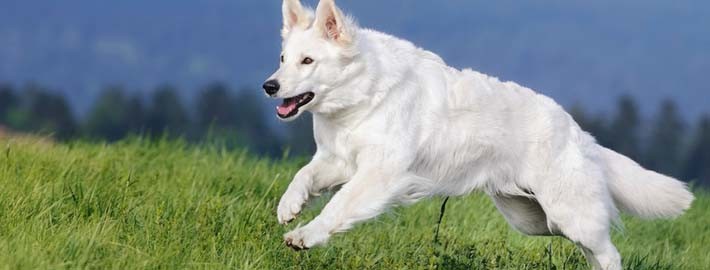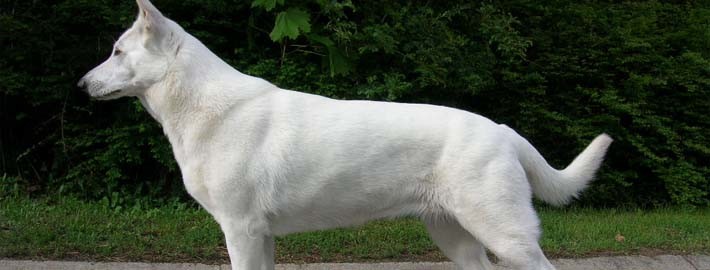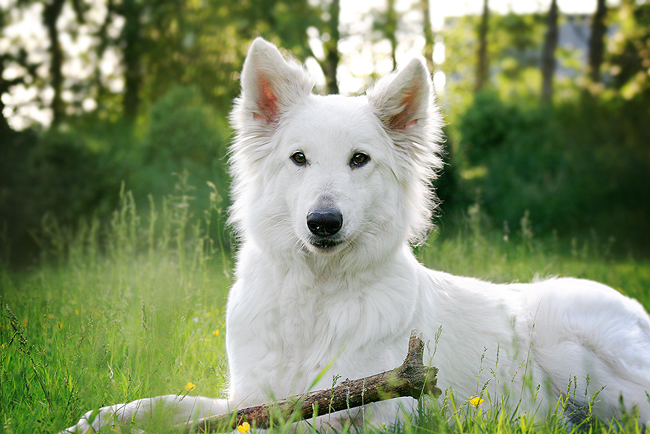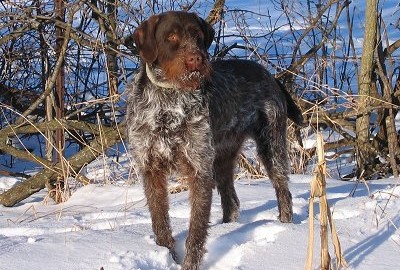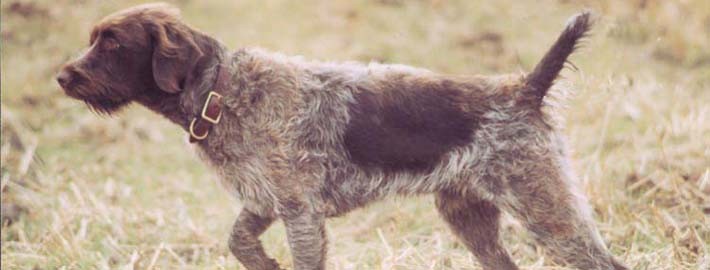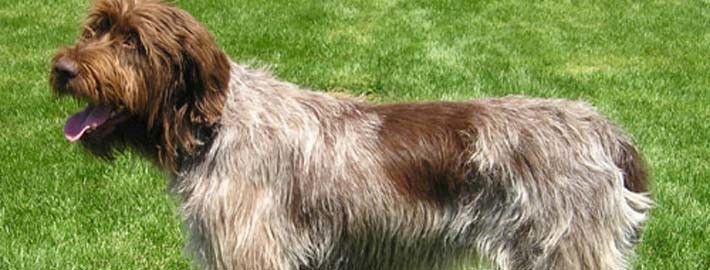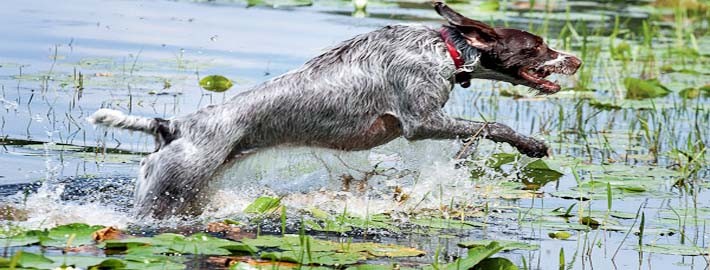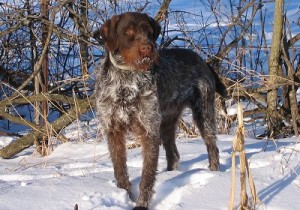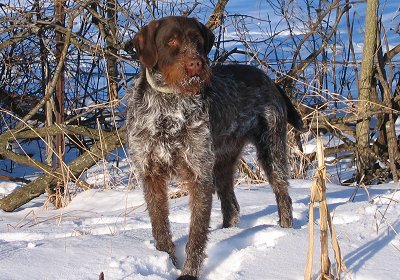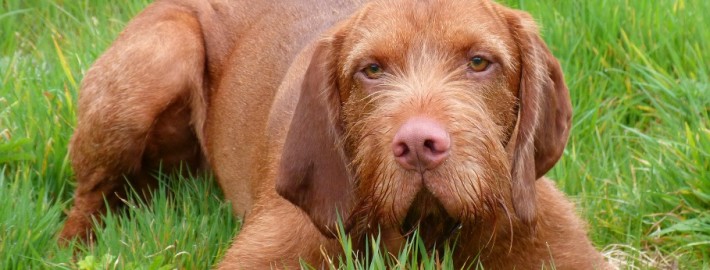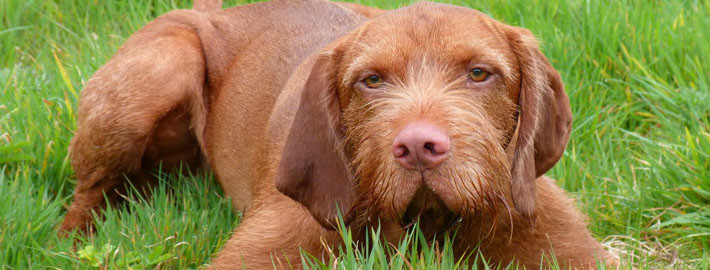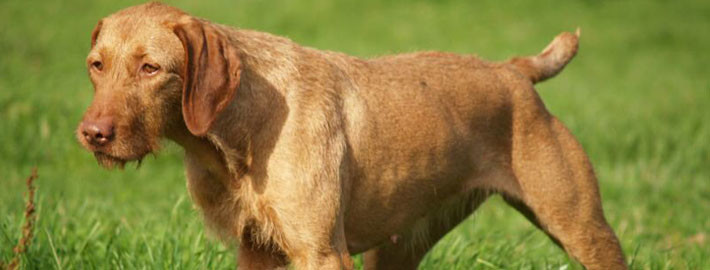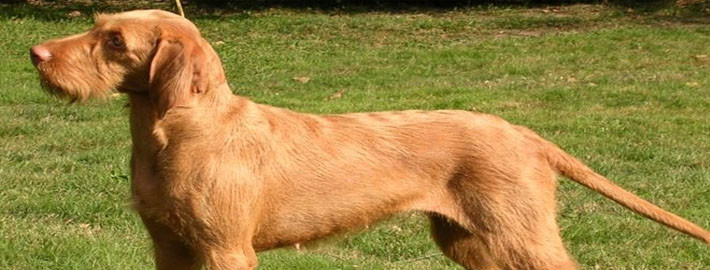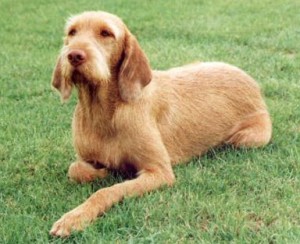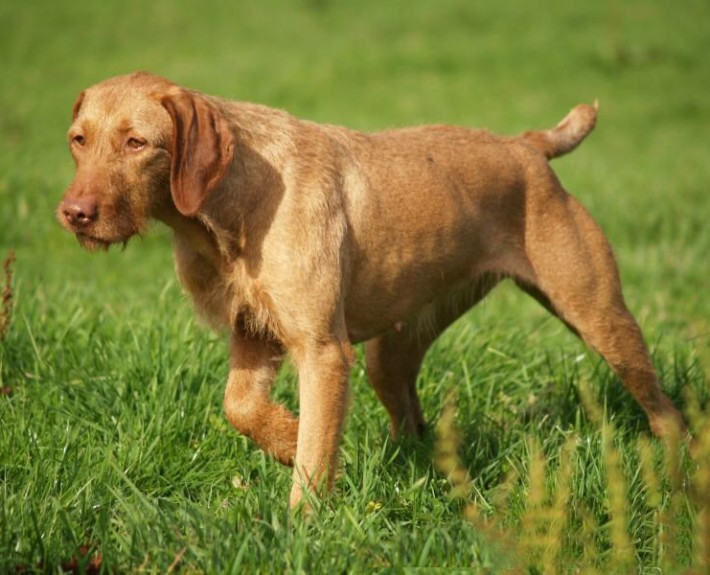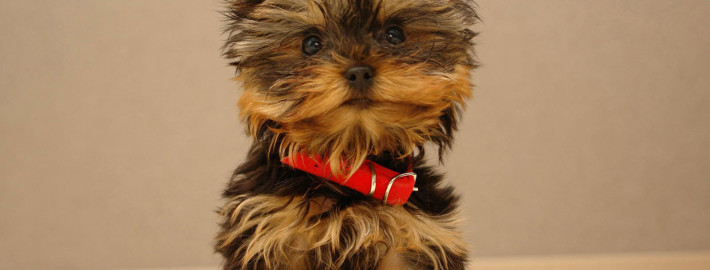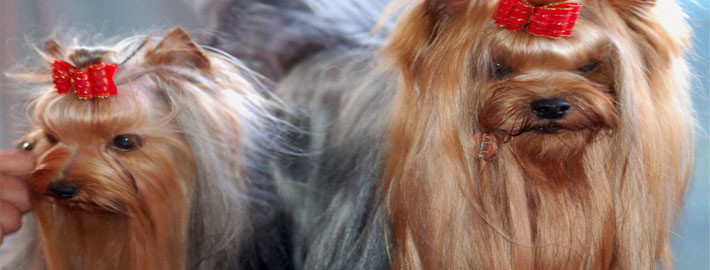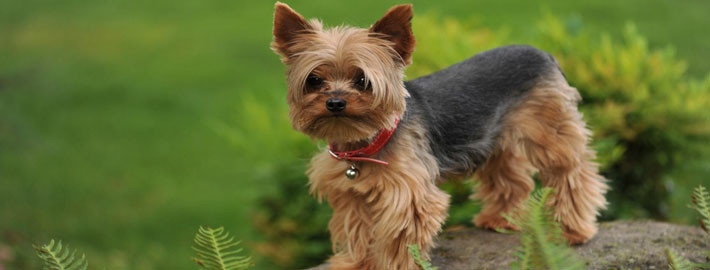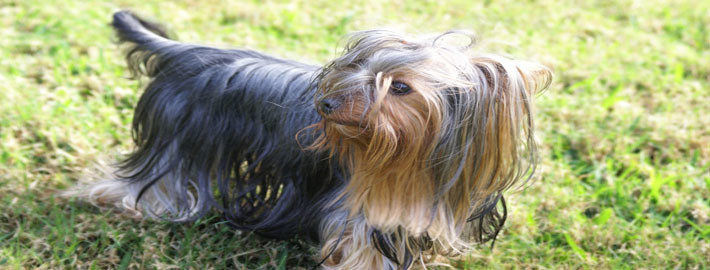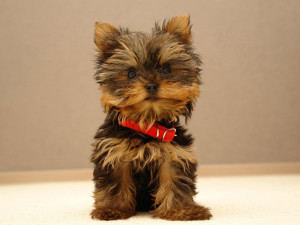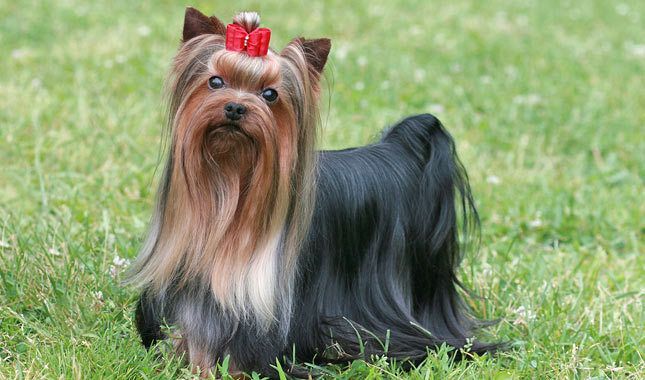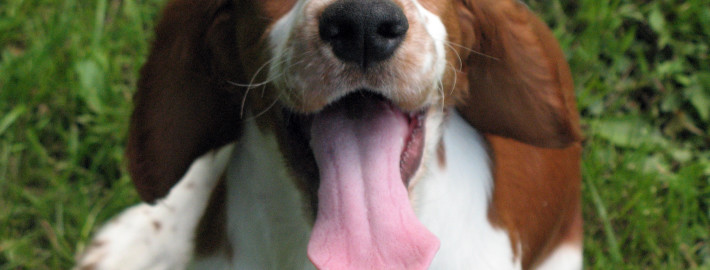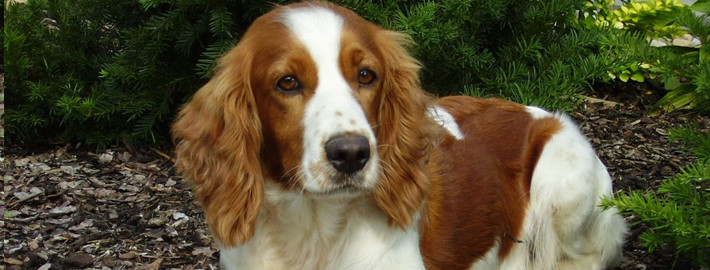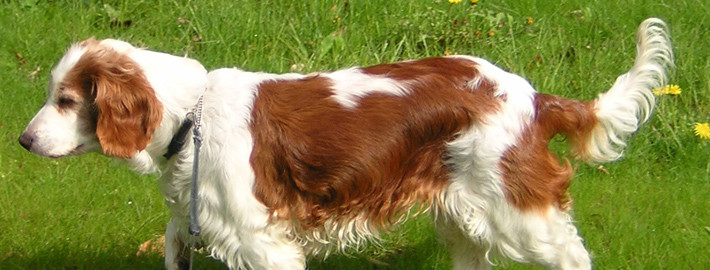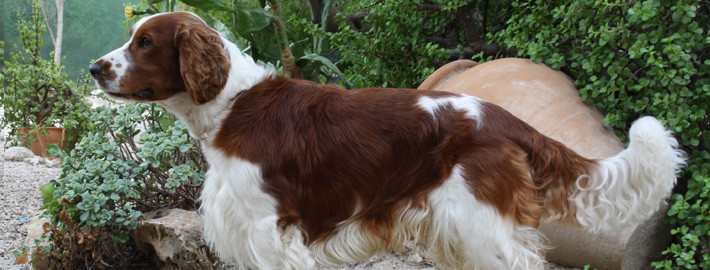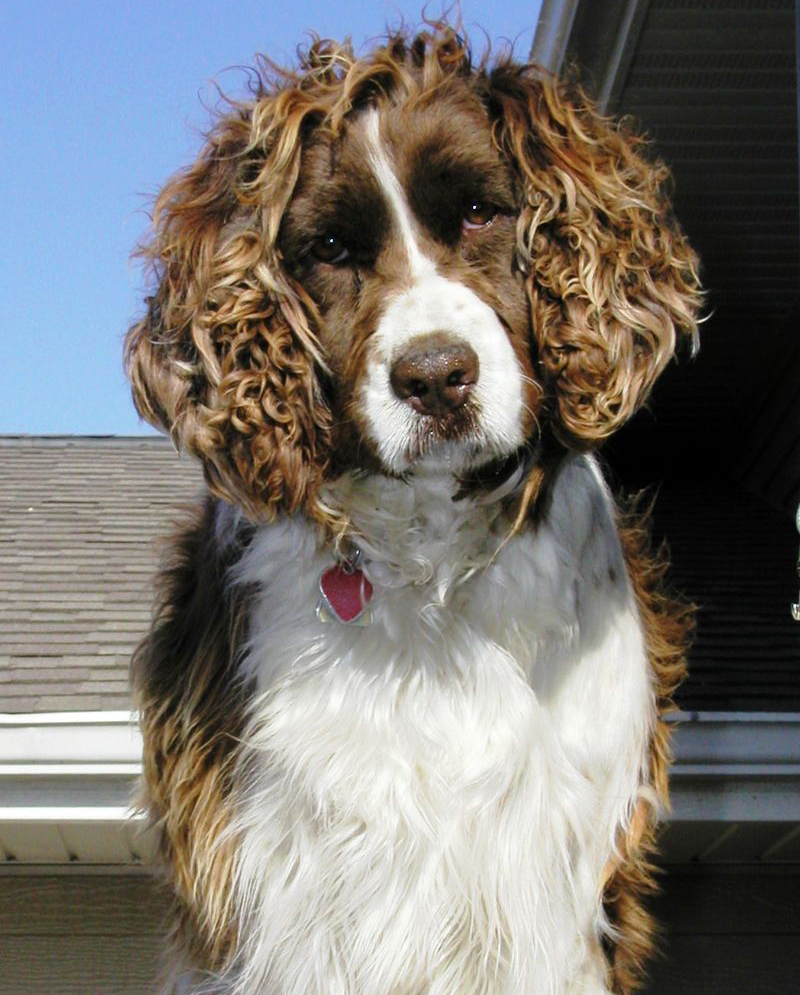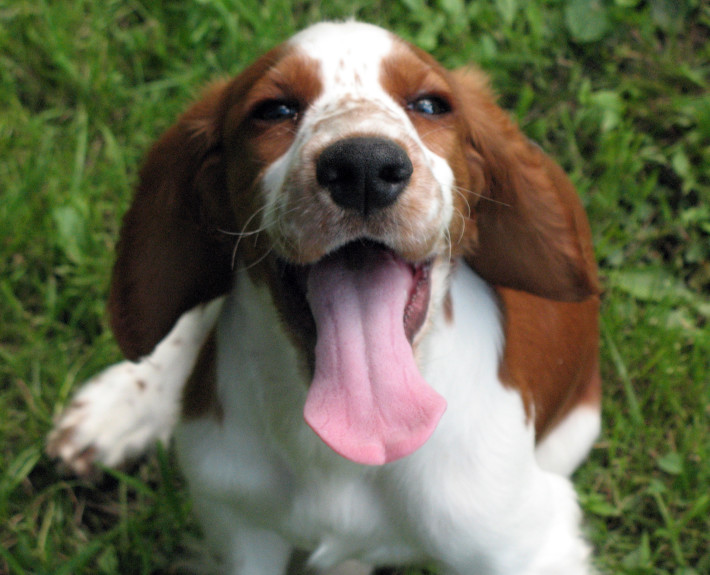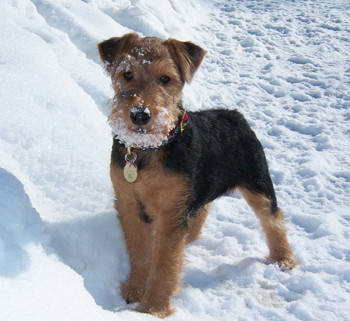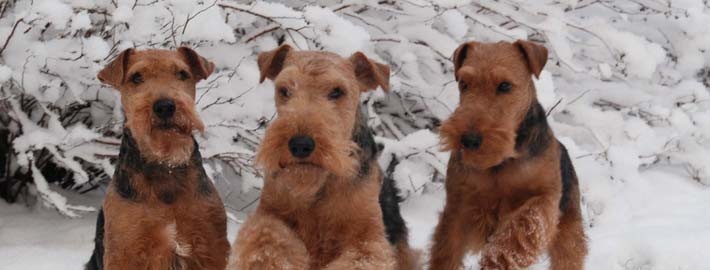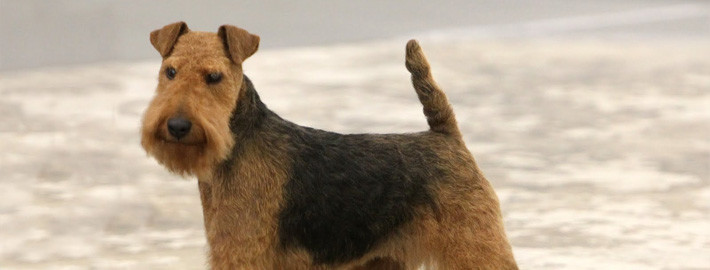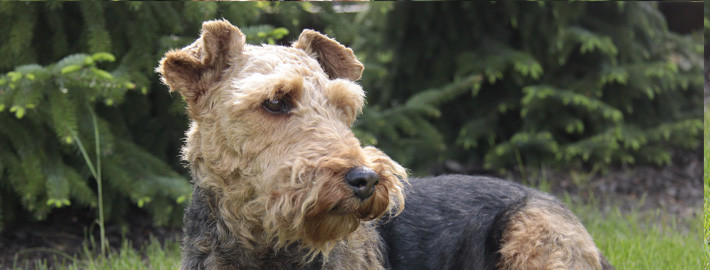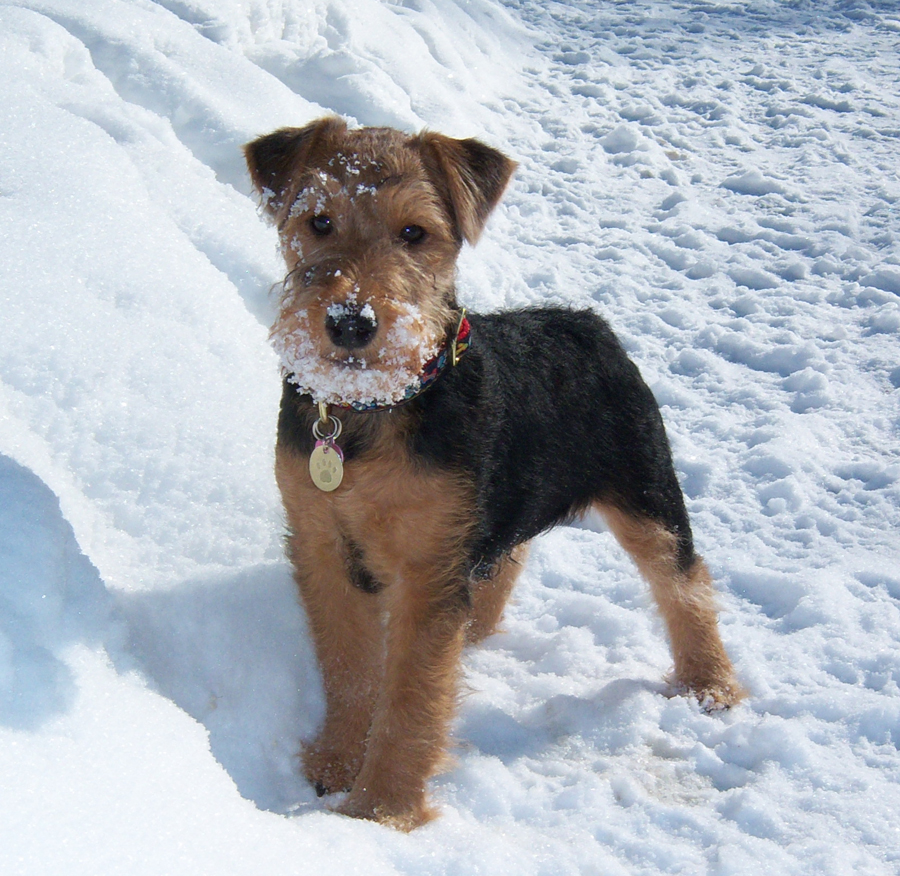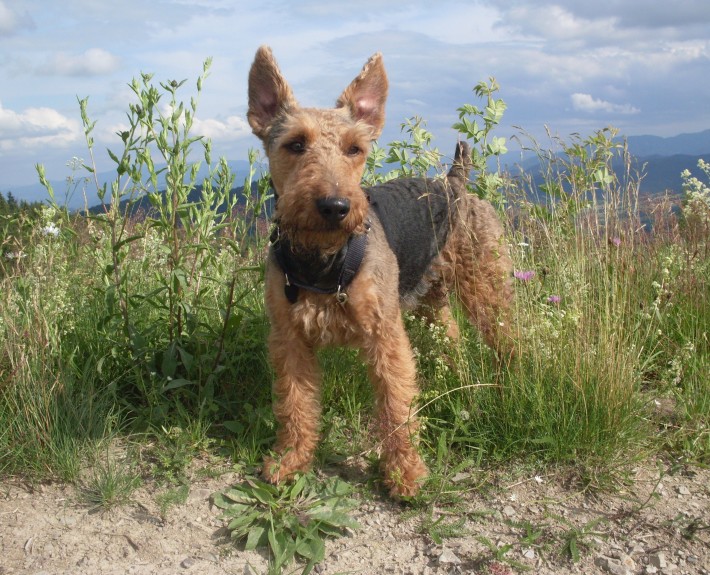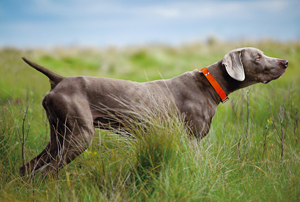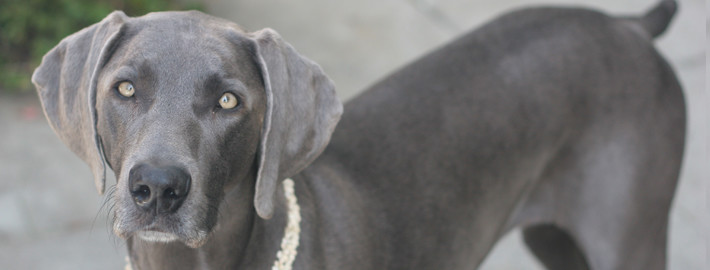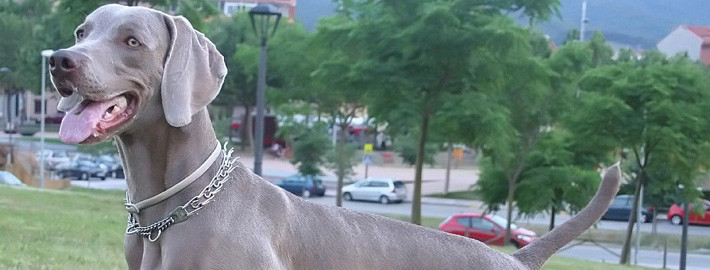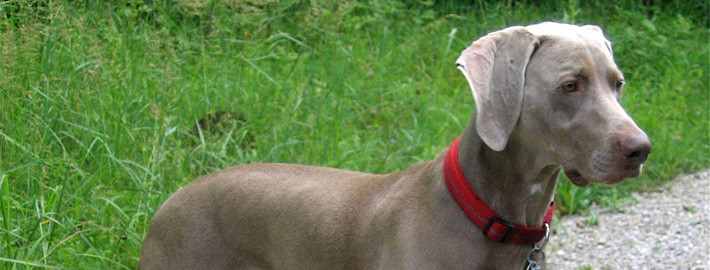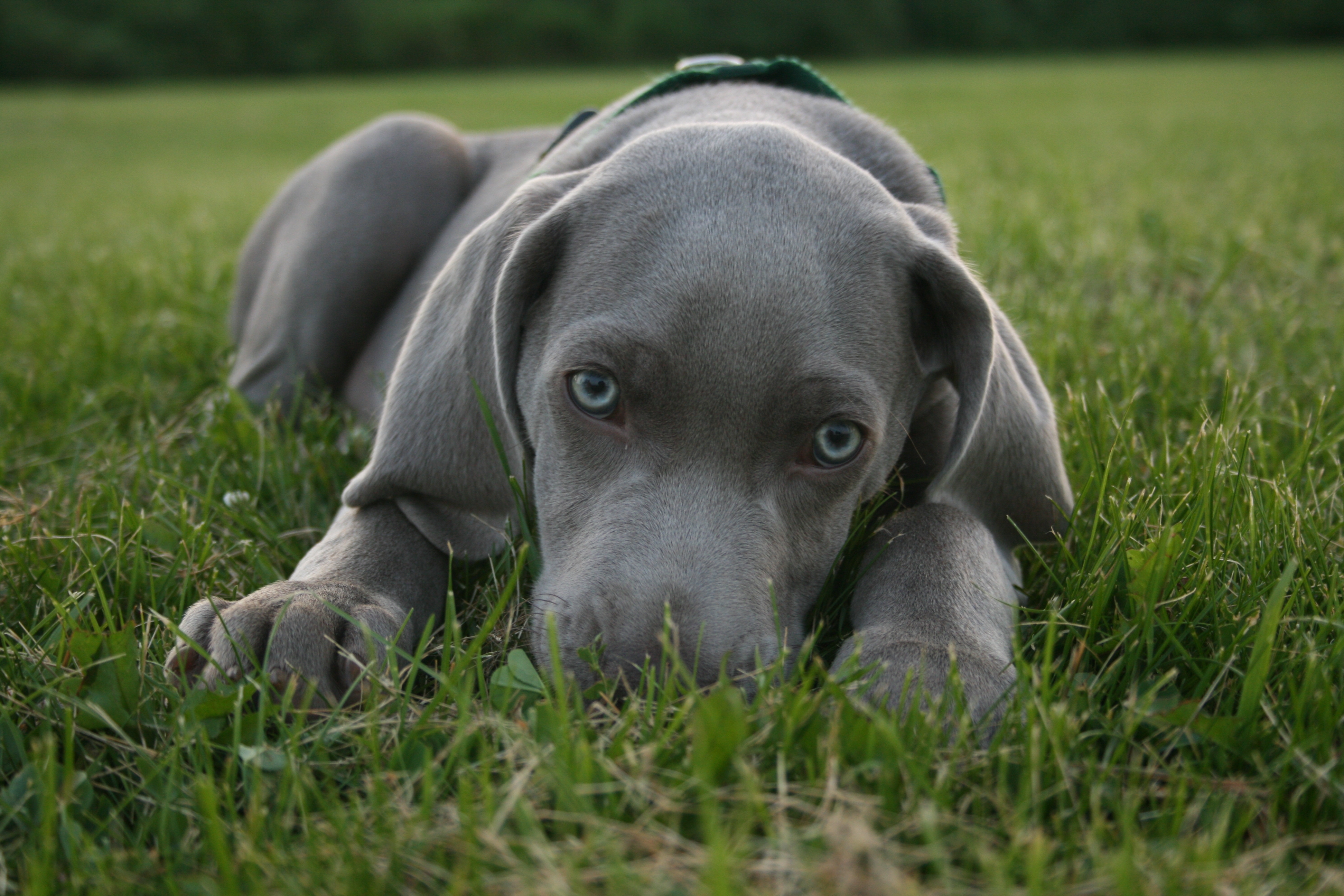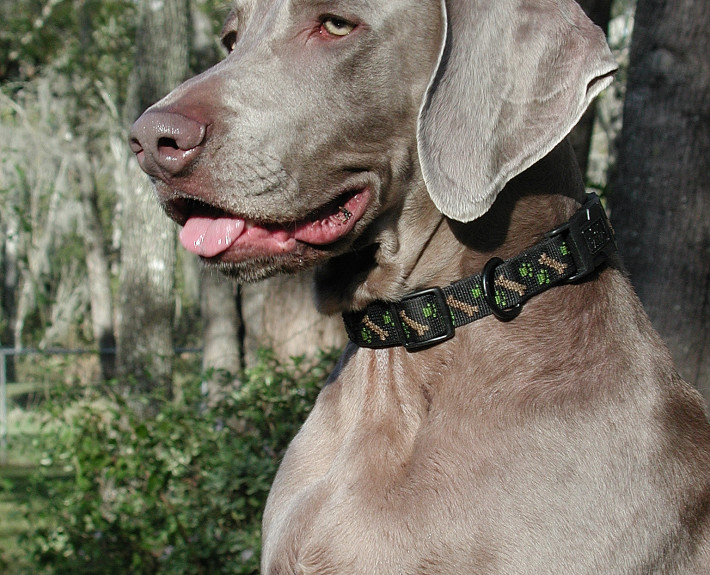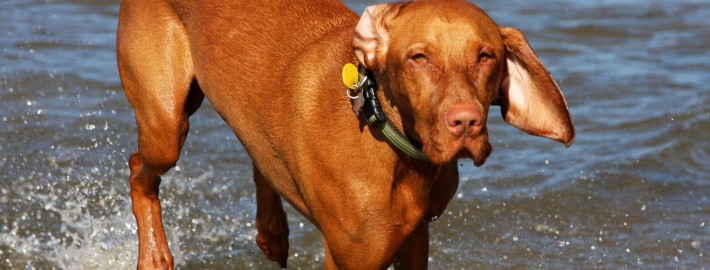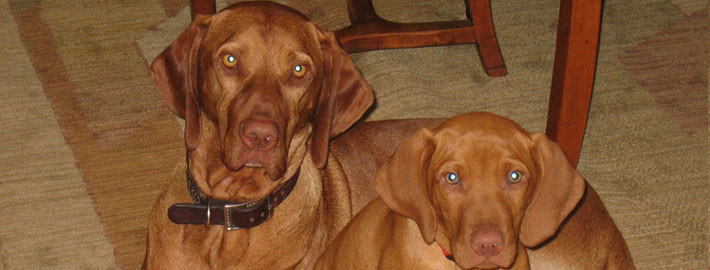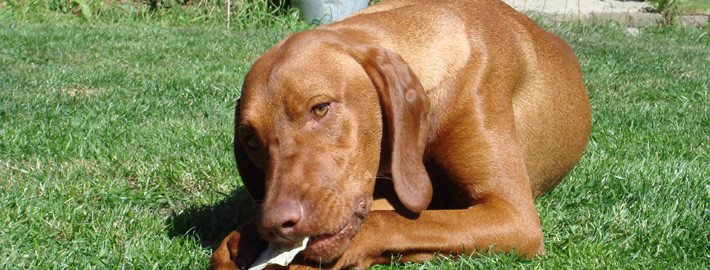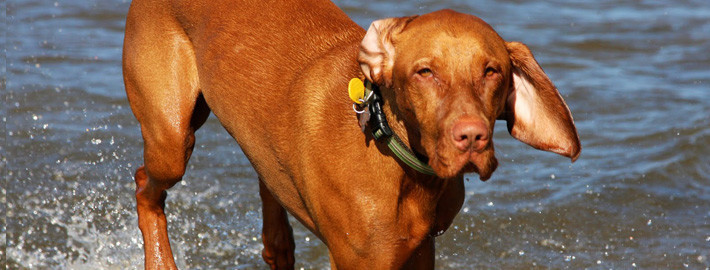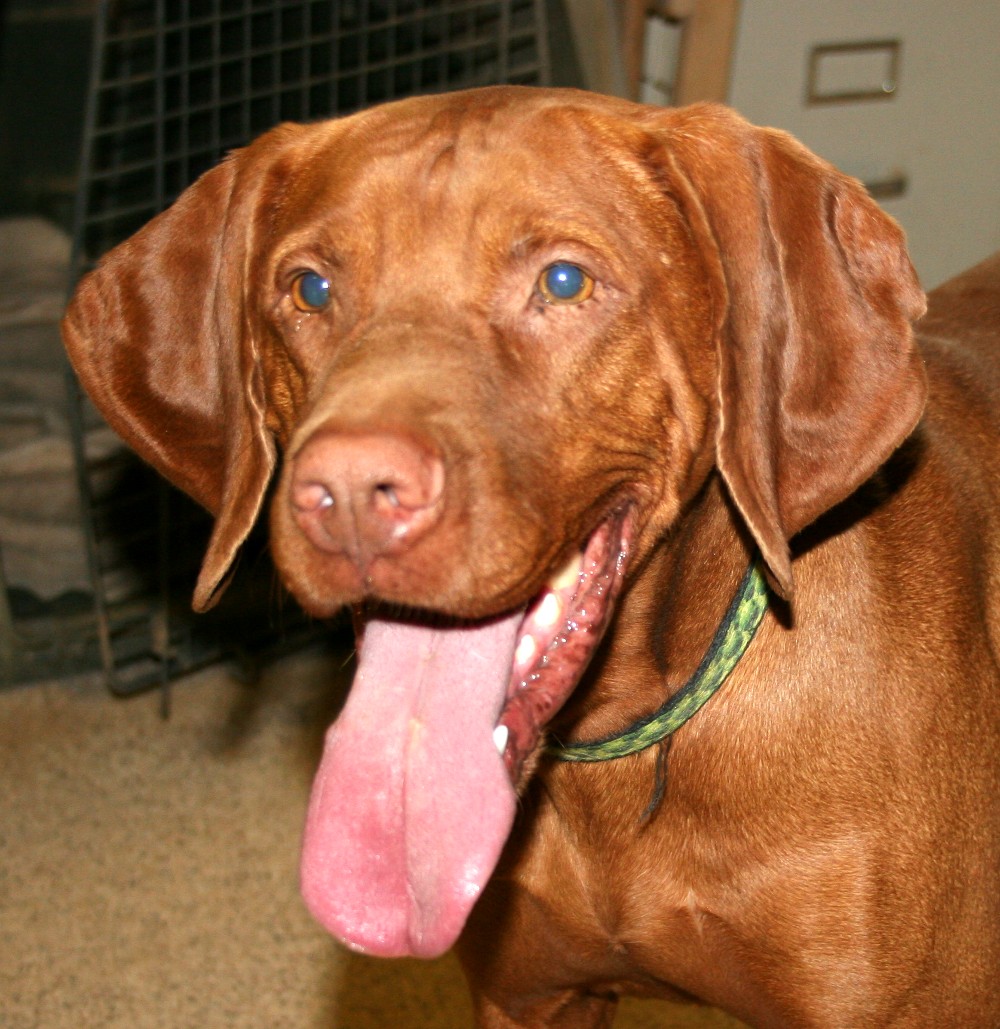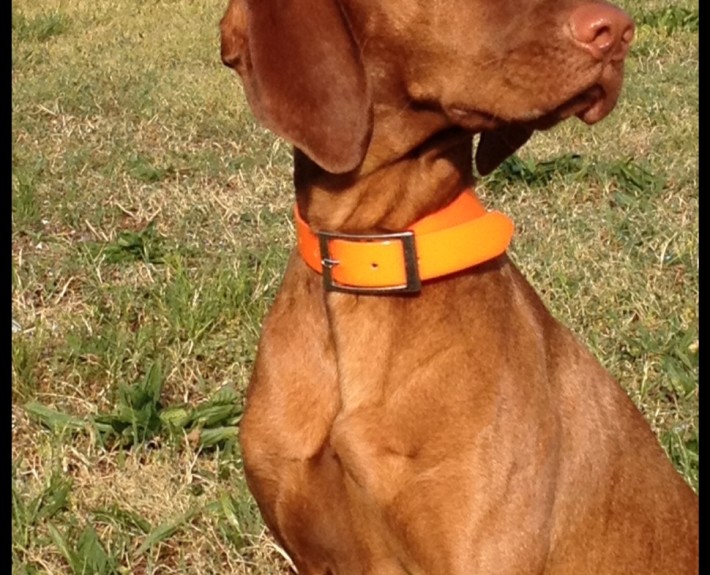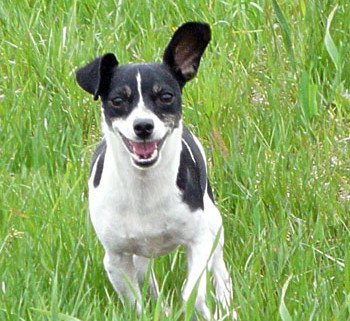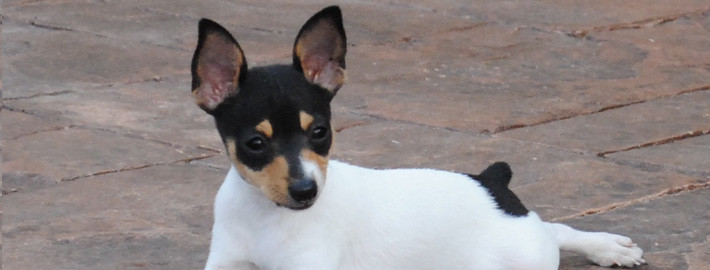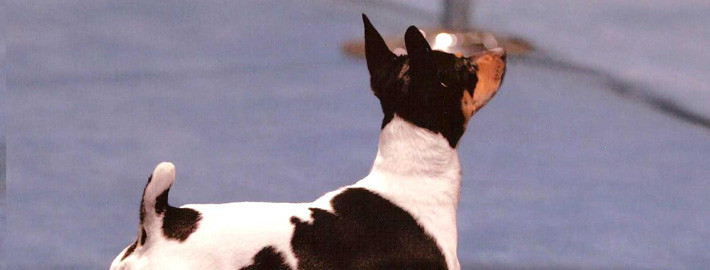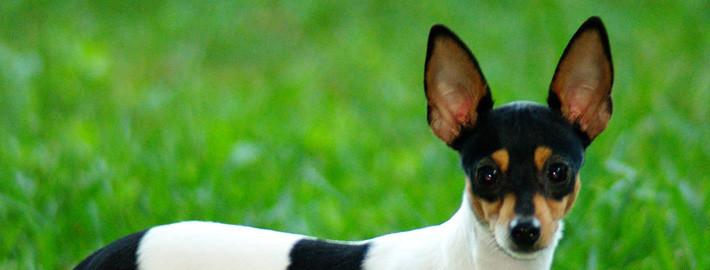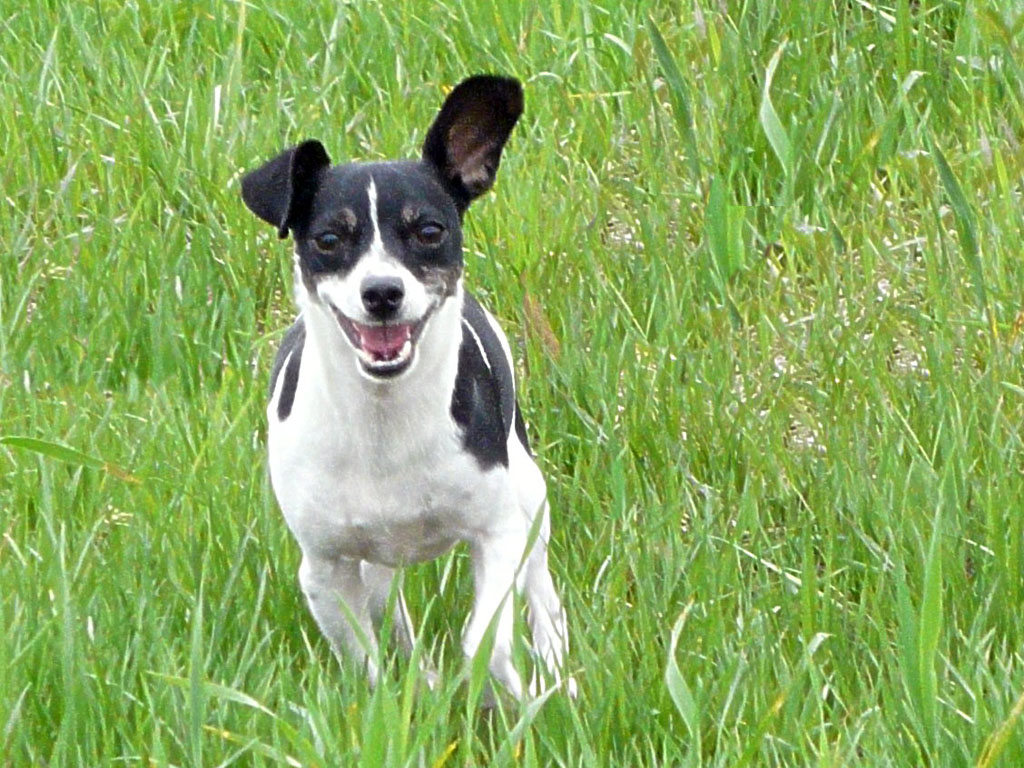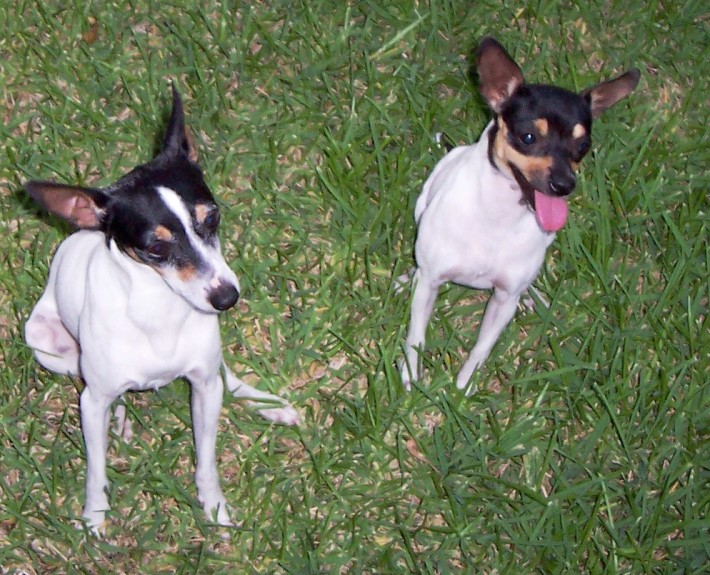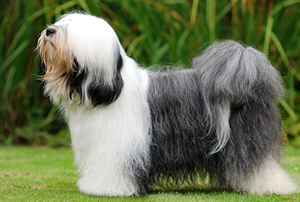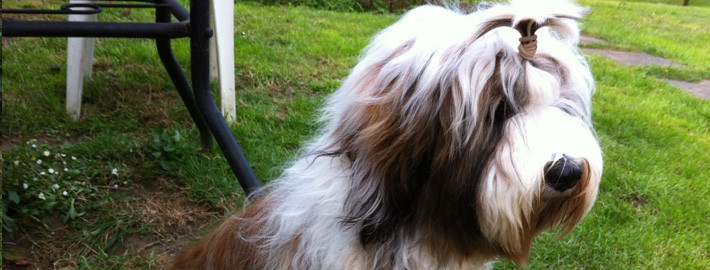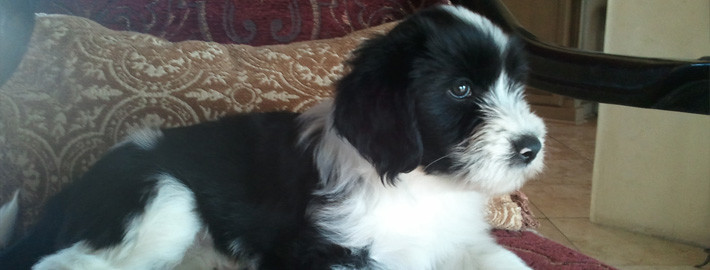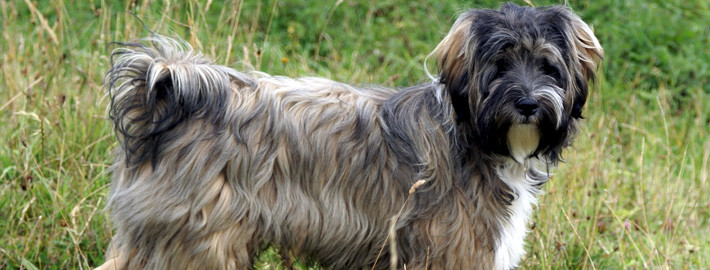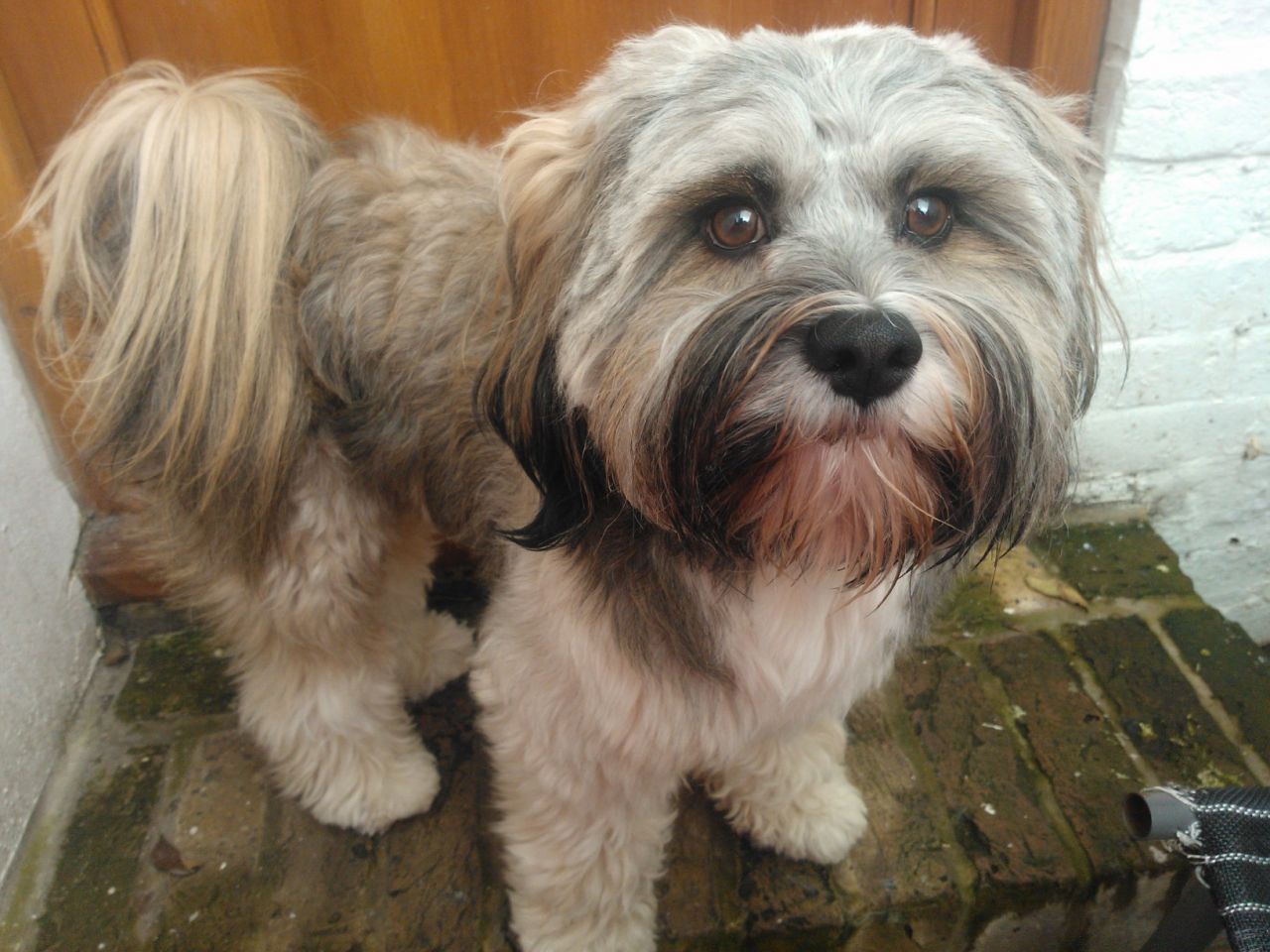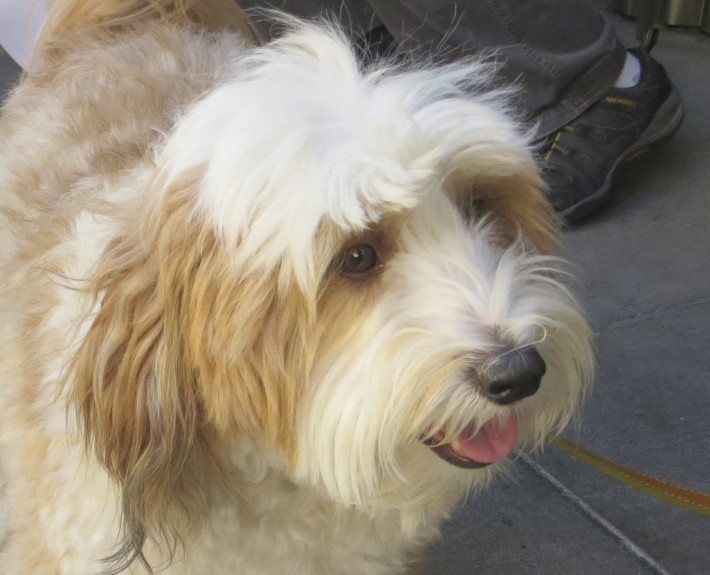White Shepherd Dog
White Shepherd Dog – Sheepdog
What makes the White Shepherd Dog Unique?
Although they certainly look angelic, these fluffy white dogs are hardworking and dependable.
Breed Groups
- Working Dog Breed
- Large Size
Page Contents
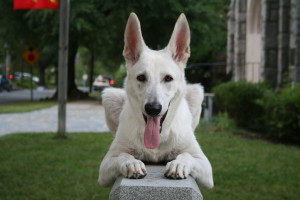
Is the white shepherd dog Right For You?
White German Shepherds don’t care for people they don’t know but these dogs are generally not an aggressive breed. Even so, these individuals are quite courageous and will not hesitate to defend any member of their human family that they perceive as being in peril. Owners should note that White German Shepherds will become unhappy if they are left to their own devices for long periods of time. These dogs can also be exceptionally vocal, especially when they are trying to gain their owners’ attention. Therefore, prospective pet owners should avoid introducing these dogs to living situations where this particular trait could cause problems.
In 5 Words
- Alert
- Docile
- Friendly
- Responsive
- Courgeuos
Characteristics
Learn About the White Shepherd Dog
Description
General Description
Aside from their coat colors, there is no discernible difference between ordinary German Shepherds and the white varieties. All of these dogs are somewhat longer than they are tall. They have muscular bodies that are slender in appearance. Lengthy muzzles, wide foreheads, and pointy ears are other breed features. These dogs also possess friendly expressions in their almond shaped eyes. A bushy tail rounds out the ensemble.
Size
Females of this breed stand between 22 and 24 inches (55 and 60 centimeters) tall and they weigh between 60 and 70 pounds (27 and 32 kilograms) on average. Males are somewhat larger. Generally, they stand around 24 to 26 inches (60 to 65 centimeters) tall and weigh around 75 to 85 pounds (34 to 39 kilograms).
Coat
Obviously, these dogs are white in color. They have long, single layer coats that are coarse in texture.
Short History of the White Shepherd Dog
Throughout the course of the breed’s history, German Shepherds have occasionally produced white puppies. Around the 1800s, these specimens were somewhat in demand from shepherds that wanted more of a visual difference between their dogs and the wolves that they were being used to guard against. However, the white German Shepherds were generally not as well liked as the varieties with darker coats. Although there were those that were prejudiced against the breed in Europe, the lines of White German Shepherds became firmly established in North America by the 1960s. Official breed clubs were eventually formed in Canada and the United States a decade later.
Members of this breed are of pure German Shepherd origins, as their white coats result from natural colors that are present in their gene pool. However, the dogs are not currently recognized by the American Kennel Club (AKC), an organization that regards all white German Shepherds as being flawed and unfit for the show ring. White German Shepherds are instead sponsored by the American White Shepherd Association in the States. On an international level, the Fédération Cynologique Internationale (FCI) recognizes the breed as White Swiss Shepherd in honor of the first country to class these dogs separately from their darker counterparts.
Temperament
One of the main differences between ordinary German Shepherds and White German Shepherds is that the latter variety generally has a sweeter personality that their contemporaries. Most members of this breed are good with other pets and children that are part of their households. Given their friendly natures, it is not surprising that these canines are less likely to be used for protection purposes. White German Shepherds are nonetheless good watchdogs and will bark to warn their owners if strangers appear in their yards.
They don’t care for people they don’t know but these dogs are generally not an aggressive breed. Even so, these individuals are quite courageous and will not hesitate to defend any member of their human family that they perceive as being in peril. Owners should note that White German Shepherds will become unhappy if they are left to their own devices for long periods of time. These dogs can also be exceptionally vocal, especially when they are trying to gain their owners’ attention. Therefore, prospective pet owners should avoid introducing these dogs to living situations where this particular trait could cause problems.
Caring for Your White Shepherd Dog
General Health
White German Shepherds have a typical lifespan of 11 or more years. However, members of this breed are known to suffer from various joint and eye ailments. Hip dysplasia is another common breed problem. Owners should additionally be aware that bloat or gastric torsion is another health concern for these dogs. Therefore, it is best to give these individuals a few small meals a day rather than feeding them their daily allotment of food all at once.
Care
Daily
All German Shepherds need daily physical and mental exercise. Although daily walks are crucial to their well-being, members of this energetic breed will need more than a quick dash around their neighborhood to be at their best. Rigorous physical activity and constant mental challenges are both needed for these dogs to remain happy. Regular games of fetch combined with long walks are a good way to keep these dogs from becoming bored. Owners should be aware that White German Shepherds are likely to become destructive if they receive insufficient exercise or if they become bored. Therefore, it is best to give these dogs a job to do in order to keep them busy.
Weekly
Pet owners should brush their dog’s teeth several times per week so that the animal in question maintains good oral hygiene, .
Monthly
All dogs should have flea, tick, and heartworm prevention medications administered on a regular basis to keep these harmful parasites at bay.
Grooming & Bathing
White German Shepherds shed moderate amounts of fur throughout the year and go through periods of heavy shedding. It is therefore a good idea to brush these dogs on a daily basis. However, members of this breed should only be bathed when they get dirty because frequent bathing will almost certainly irritate their skin. Owners will also want to keep their pet’s toenails trimmed and its’ ears cleaned to prevent otherwise avoidable problems from arising.
Exercise & Training
Early socialization is needed to keep this breed from becoming frightened in unfamiliar situations. Although they can be stubborn, these intelligent dogs learn quickly and they are well known for their ability to follow directions. However, obedience training should be started at an early age in order to obtain good results. White German Shepherds do best with owners that show good leadership skills and provide them with consistent rules to follow. After all, improperly trained dogs can become wary of human beings, which in turn can lead to undesirable behaviors such as fear biting and possessive tendencies.
Members of this breed are particularly dependent on human interaction to be happy. White German Shepherds are not going to do well if they are left alone for days at time. It is also important for these dogs to receive adequate amounts of exercise on a regular basis. Otherwise, behavioral issues may become a problem.
White German Shepherds are happiest when they have a career to keep them busy. Members of this breed have served their human owners as drug sniffers, livestock herders, police workers, and guides for handicapped people. However, it should not be all work and no play for these canines. White German Shepherds also excel at various forms of dog sports and are always up for a game of fetch.

